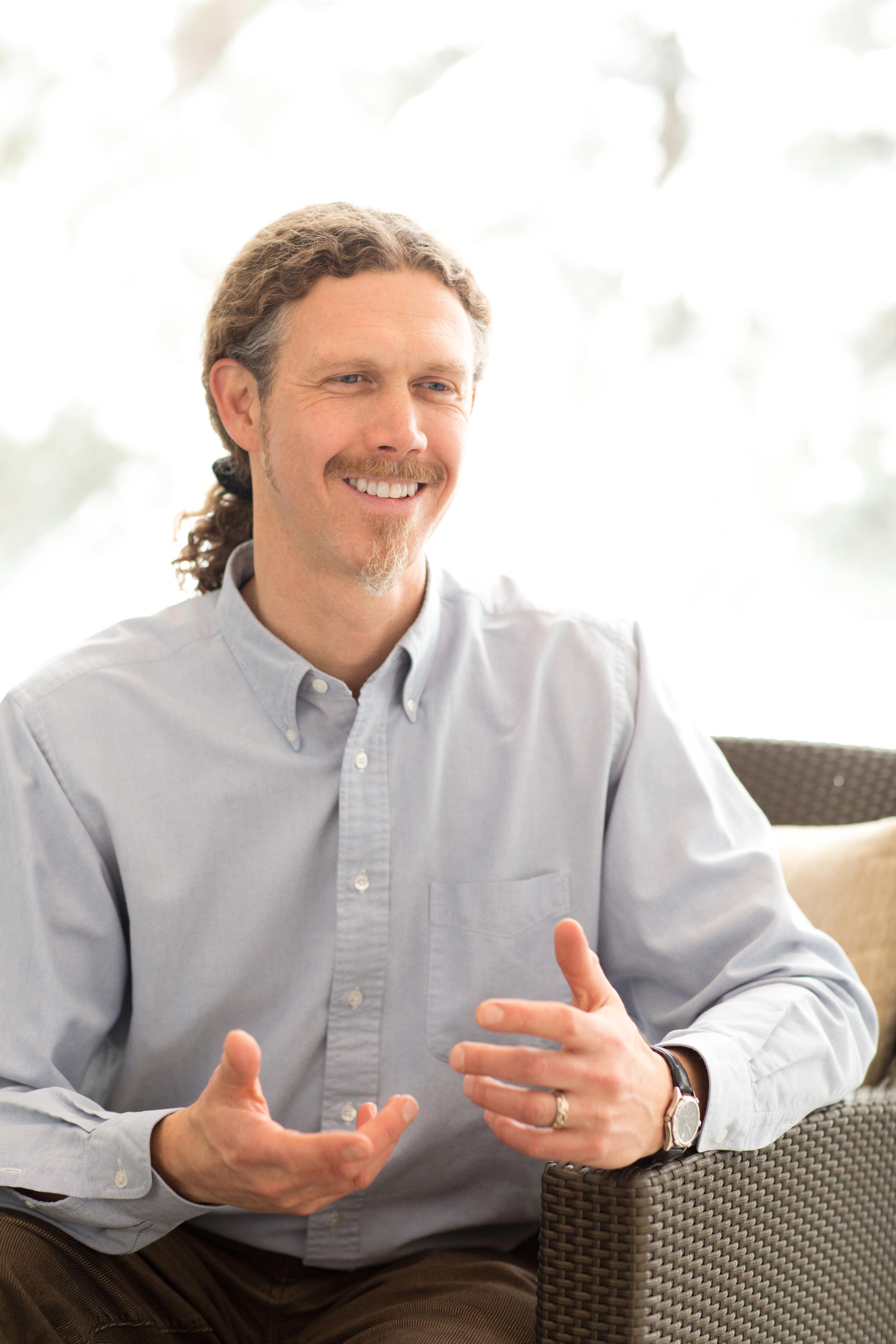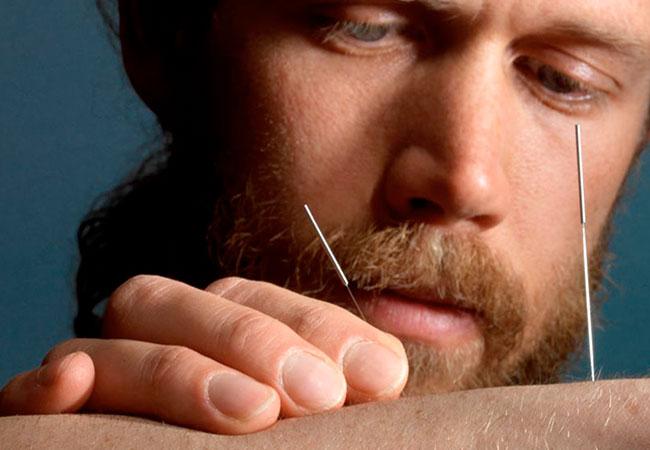

The three pillars of my practice of integrative medicine.

- Western allopathic medicine (in the outpatient clinic and inpatient hospital settings)
- Acupuncture and Chinese herbal medicine
- Functional medicine (a science-based, patient-centered holistic model of care based in systems theory and addressing the complex web of interactions between genome, environment, and lifestyle in the prevention and management of complex chronic disease).
My training and clinical experience are broad, and my interests are varied and focused on the delivery of a high level of care that includes thorough consideration of the causes of disease or wellness, of the possible harm or benefit of a particular evaluation or treatment, and of the context within which I pursue an evaluation or treatment.
My allopathic training came first. I went to the University of North Carolina at Chapel Hill School of Medicine and completed the Fort Collins Family Medicine Residency Program in Colorado. While in medical school, I developed an interest in “alternative medicine” and first learned of other physicians with similar paths, including Dr. Andrew Weil whose book Spontaneous Healing I first read in 1996. While in residency in 1999, I met three physician acupuncturists and decided to follow their paths to UCLA. Through the UCLA School of Medicine Office of Continuing Education, I trained in medical acupuncture under Joseph Helms, MD. After finishing residency, I spent two years working in a multidisciplinary integrative medicine practice in Fort Collins, CO, alongside two functional medicine physicians, and several excellent alternative medicine professionals from various fields including chiropractics, massage, classical homeopathy, spiritual counseling, and Rolfing. At the same time, I was working for several rural emergency rooms 2-4 days per month. I began attending functional medicine lectures, learning from Linus Pauling Fellow and functional medicine pioneers Jeffrey Bland, PhD and David Jones, MD. I studied Chinese modular herbal prescription under the direction of Anastacia White, master herbalist and colleague of Giovanni Maciaocia and Ted Kaptchuk.
In 2002, I moved to the remote rural area of northeastern California in a town near Lassen Volcanic National Park (Chester, CA). I joined a small hospital medical staff and practiced emergency medicine 4-6 days per month as well as outpatient clinic and inpatient hospital medicine that included acupuncture, modular Chinese herbal prescription, and functional medicine. I studied with the CancerGuides program (by the Center for Mind-Body Medicine and the National Cancer Institute) and the Applying Functional Medicine in Clinical Practice course (by the Institute for Functional Medicine). I helped to sponsor the development of the first edition of the Textbook of Functional Medicine. I worked closely with our regional oncologists to improve cancer patient outcomes. I also worked with one of our regional referral hospitals (Enloe Medical Center in Chico, CA) to develop an inpatient lay-acupuncturist program. An initial pilot project in the Cardiothoracic Surgery recovery unit was followed by full implementation there and in the Enloe Cancer Center, as well.
In 2008, I moved to Hailey/Ketchum, ID and joined St. Luke’s where I continued practicing integrative medicine in the clinic and hospital settings, overseeing the hospital Integrative Therapies Service. In 2016, while continuing to practice inpatient medicine at St Luke’s, I moved my outpatient practice of medicine into private practice in Ketchum and created the Direct Primary Care practice known as InnerHealth MD.
Because the medical literature is peppered with studies citing quality inconsistencies as a big problem, I rely on a few trusted companies who use certain methodologies, including third-party testing. I prescribe these either directly from my office (along with common pharmaceutical medications), or through two local pharmacies (Luke’s Pharmacy in Hailey and Valley Apothecary in Ketchum), or via on-line pharmacies at Kan Herbs, Crane Herbs, and Metagenics.
I typically use my allopathic skills in my diagnostic workups to be sure that I don’t miss an important finding. I also employ the principles of Chinese Medicine diagnostics in a parallel fashion.
I consider Functional Medicine diagnostic tools to be allopathic in nature. They include focused histories and some valuable lab tests chosen, depending on the presentation. Functional medicine is strongly rooted in biochemistry, so such labs can include analysis of stool microbiological growth patterns, comprehensive detoxification pathways, inflammation markers, allergies to foods and/or inhalants and/or molds (including IgE and IgG testing, when appropriate), and provoked urine collections for heavy metals. While I am very interested in genomic single-nucleotide-polymorphism mutations related to degenerative diseases in neurology, immunology, cardiology, I have done only a little testing of these genomic mutations in certain selected cases.
I have found that acupuncture with or without Chinese herbal medicine works well for a number of medical problems including asthma, nausea, irritable bowel syndrome, inflammatory bowel disease, anxiety, depression, epilepsy, chronic UTI, eczema, sinusitis, allergies, headache, TMJ, Bell’s palsy, substance abuse (smoking, chewing, opiates, alcohol), premenstrual syndrome, perimenopausal symptoms, heavy or irregular periods, infertility, labor pain, breech presentation, pain of lateral epicodylitis, plantar fasciitis, arthritis, low back pain, neck pain, pelvic pain, ganglion cysts, shingles, fatigue, and can be helpful for decreasing the side effects of chemotherapy or radiation.
I use an FDA-Approved Class IV laser to treat problems of inflammation. By delivering highly focused bundles of photons of light to the mitochondrion of the cells of inflamed tissue, the body’s ability to resolve inflammation improves significantly. This is helpful for tendonitis, arthritis, epicondylitis, gastritis, (and other ‘itis-es’) and can help in the recovery from acute or chronic injury. It can help reduce the number of acupuncture treatments required to adequately relieve pain and restore function.
Almost universally, I use a functional medicine approach to these problems, as well. I have found this approach to be helpful for the autoimmune diseases and for such nebulous complaints as the person who seems to “always get sick” with the latest virus. Fatigue can be a big challenge, depending on underlying psychosocial issues and the intensity of adrenal dysfunction. I am also very interested in obesity and metabolic syndrome and the related constellation of chronic degenerative disorders, although I have not found that acupuncture in isolation is particularly helpful for obesity. Rather, I assess for underlying insulin resistance and inflammation status, review dietary and lifestyle issues, employ the use of nutritionists when needed, and write exercise prescriptions and supplement prescriptions.
The scope of my practice ranges from “bread and butter” family medicine to complex chronic diseases of neurology, immunology, endocrinology, cardiology, gynecology, oncology, gastroenterology, and pulmonology. I blend standard allopathic medicine, traditional Chinese medicine, and functional medicine (which I consider to be allopathic in principle) fairly fluidly. It is my hope that I might have the opportunity to work closely with my medical and surgical colleagues for the benefit of patients suffering from complex, chronic, and often interesting medical problems.
Click edit button to change this text.
